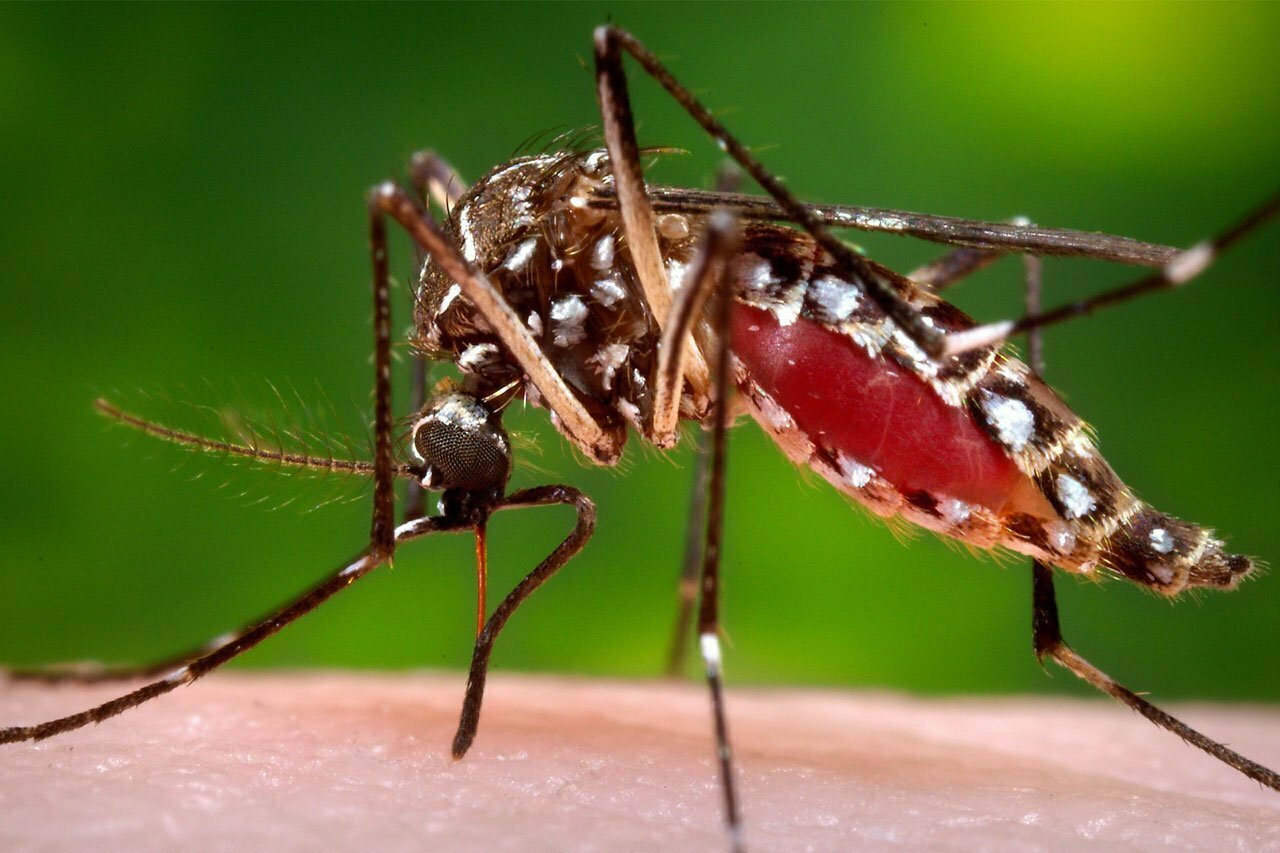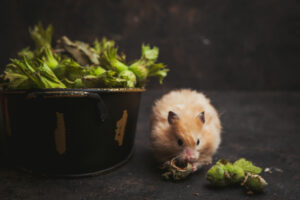Essential Oils that Pests Hate
Essential Oils that Pests Hate
The very mention of essential oils flashes the image of natural beauty therapies and deeply relaxing spa sessions. Many of you can relate to it, isn't so? What if we tell you that the essential oils that you add to your beauty regime for tackling the concerns of skin and hair can be very good pest repellent.
Yes, the scope of essential oils goes far beyond treating your beauty concerns and sensitizing your mood. The smell that feels soothing fragrance to your nostrils is an intolerable odour to the pests you wish to get rid of. Don’t you feel like using it in the favour of your property?
How if you may ask, let us get the answer for you here.
Understanding Essential Oils
Essential oils are chemical compounds (the essence of the fragrance associated with the plant it is derived from) extracted from different parts of a plant (like fruits, and flowers). The extraction of the concentrated liquid happens via distillation or steaming mostly.
The use of different types of essential oils is common for making cosmetics, personal care products, perfumes, air fresheners, and food/beverage flavouring agents.
Some examples of popular essential oils used commonly are Tea Tree, Lavender, Rosemary, Cedarwood, Peppermint, Eucalyptus, Lemon, Rose, and Clove essential oils. There are others but these are used popularly for a range of purposes.
The Scope of Essential Oils As Pet Repellents
Many types of research have been conducted so far to establish whether or not essential oils cast deterring effects on pests. Reportedly, Arthropods and Insects react sharply to these and hardly can withstand the strong smell for long. Other than just repelling and impacting their digestion, even the death of pests on the consumption of the oil is possible in some cases.
Recently, more studies are being conducted to understand its scope as a “green pesticide” as it doesn’t harm crops, house plantations, pets, and humans other than the creepy pests.
DEET is an effective mosquito repellent as studies indicate the fact that certain essential oils can do the job of it quite well. There is a rising trend for encouraging the use of essential oils as green pesticides more than synthetic ones for their ecological benefits. It is not harmful to our environment. Organic farmers are being encouraged to use it.
Deadly Combination for Different Pests
COCKROACHES
Peppermint, Tea Tree and Eucalyptus essential oils mixed together with water and sprayed at roach infected zones can help you immensely with the issue. For every 3-4 ounces of water add 5 drops of all the three essential oils. Make the solution in the quantity you need. Make a small batch. Dip cotton balls in the solution and keep them at places where you suspect their activities more.
ANTS
Peppermint and Lemon essential oils are deadly combinations for chasing off the creepy little ants marching fearless across your property. Take half a cup of water and add 10-15 drops of peppermint oil and half the number of drops of lemon oil. Spray it areas you suspect insects are trekking joyfully. You can also try tea tree oil.
MOSQUITOES

Make a solution using Lemongrass, Tea Tree, Peppermint and Citronella essential oils to prepare your natural mosquito repellent. Mix 12 ounces of water with 15 drops of Lemongrass and Citronella each with 10 drops of Peppermint and Tea Tree oils.
Spray into the air with windows and doors closed.
SPIDERS
Spiders are known to react sharply to the odour of Peppermint and Spearmint. You can take either of the two and 15 drops of it to around 12 ounces of water. Spray it at areas they are living in on their web.
You can also use eucalyptus, Cedarwood, Citronella, and Lavender oils.
Summing up
Tea Tree oils, Eucalyptus oils, Peppermint oils, and Lavender oils are a few essential oils that find common applications in most solutions effective for repelling maximum pests possible.
Use them to chase them off. But, if the infestation is too deep to deal with home-based tactics, call for pest controllers immediately.
"Two Little Creepy Pest Species in Australia: Smaller in Size but Seriously Annoying", read our previous blog.
Follow us on Facebook.
